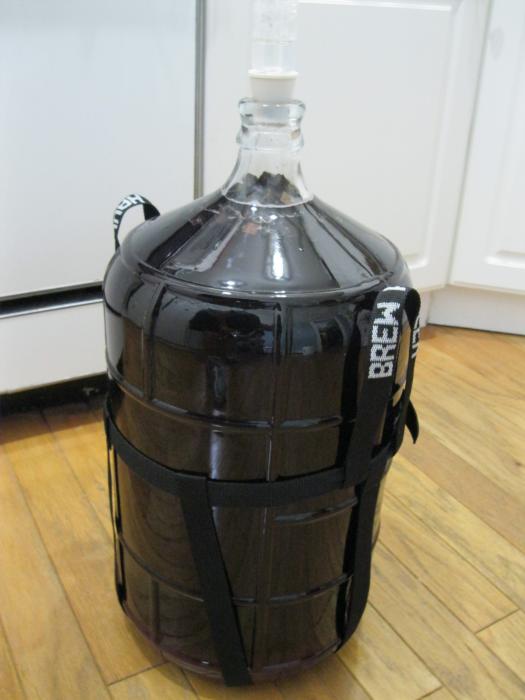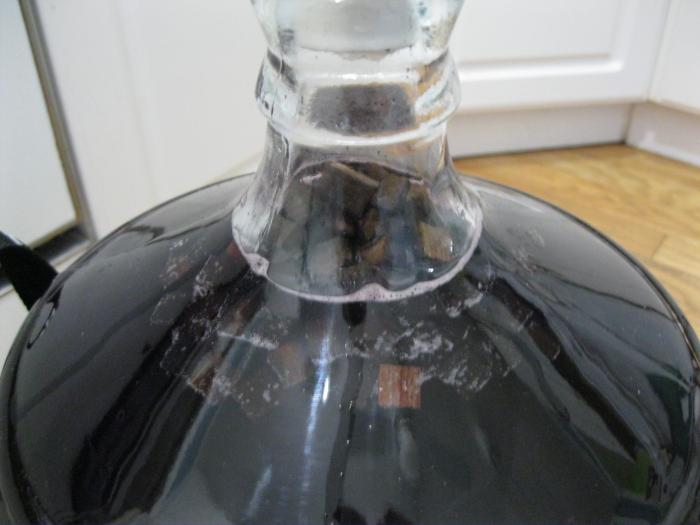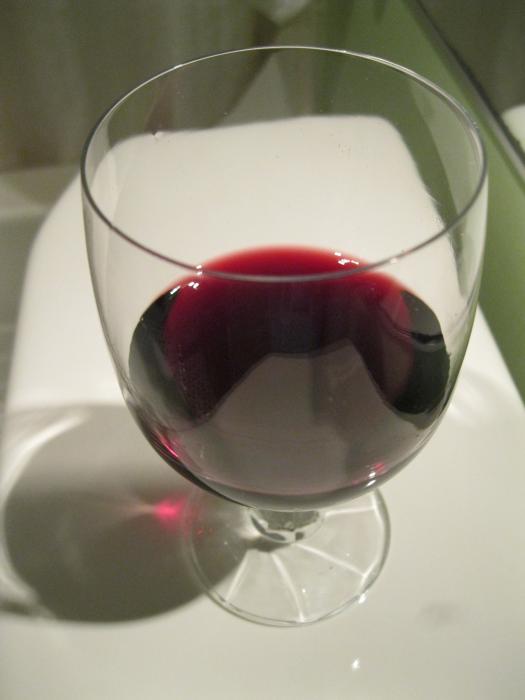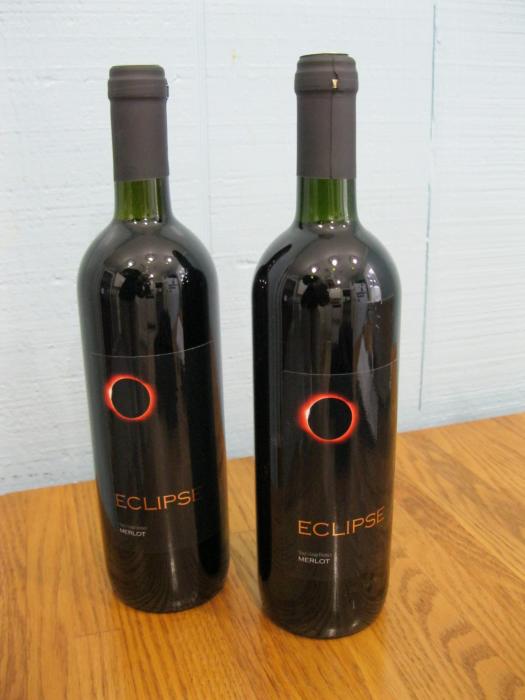Thunder_Chicken
Well-Known Member
Day 3: Gravity down to 1.047, well on track. The must is losing its sweet grape juice character and is definitely more wine-like now. Still very aggressive bubbling and carbonation. It takes some diligent stirring and prodding to knock the gas out of the grapeskin bag so it will submerge. It never completely sinks, but I call it good when I can just see a little of the muslin bag at the surface of the wine.
The mass of the grapeskins is greatly diminished. When it went in initially it very much resembled a large fruit pie filling, in mass as well as consistency; very sticky with sugar and very little juice. It seems that most of this sugar is getting out into the wine as intended.
The mass of the grapeskins is greatly diminished. When it went in initially it very much resembled a large fruit pie filling, in mass as well as consistency; very sticky with sugar and very little juice. It seems that most of this sugar is getting out into the wine as intended.


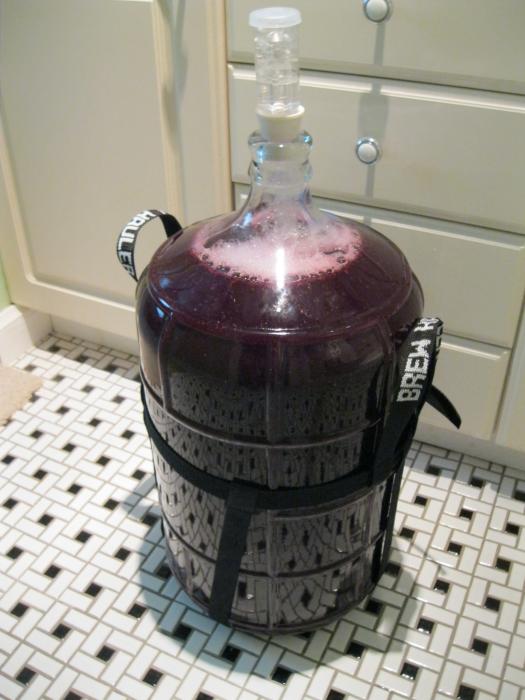






![Craft A Brew - Safale BE-256 Yeast - Fermentis - Belgian Ale Dry Yeast - For Belgian & Strong Ales - Ingredients for Home Brewing - Beer Making Supplies - [3 Pack]](https://m.media-amazon.com/images/I/51bcKEwQmWL._SL500_.jpg)


















































